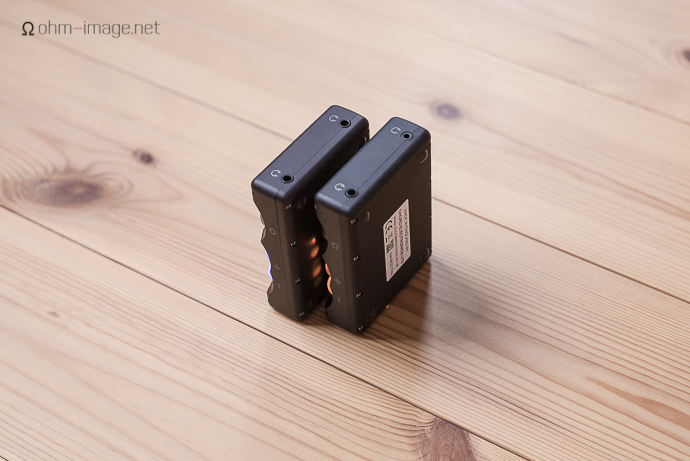

I was told that the audio content is just the same but I replied that if this may help lower grade DACs by avoiding delays in mode switching, it is no longer feeding Mojo in bitperfect mode. 16bit and 24bit are padded on the fly by that app to 32bit. I stressed out that Mojo (and Hugo as well) does need to be fed by a bitperfect stream AND to handle itself volume.īut that app by default outputs every PCM as 32bit by means of padding: i.e. so it will return the original data."Īctually I did notice an audible difference when I disabled any volume Handling from within the app.


Have several questions here, any help is appreciated. As far as I have read, I can connect the optical output of WXC50 to Mojo and Mojo to my power amp. My intention is to connect Mojo to Nap 100 feeding a pair of PMC twenty.21s. The coax SPDIF accepts up to 384 kHz PCM and DSS 64 and 128 in DoP format. Hello everyone, I am considering getting Yamaha WXC-50 to feed into Chord Mojo. The optical input accepts up to 192 kHz PCM and DSD64 in DoP format. You best only connect one input at the time, the Mojo will automatically find the input used. Hopefully using the volume set to max on the app will mean the volume coefficient is 1.0000000. USB has first priority, while SPDIF coax has priority over the optical input. Two It’s a music streamer with analog outs. Volume control is done from two multi-colored balls on the corner of the unit and a mirco USB port connects back to your PC. Plug one end into your computer, the other to your headphone and off you go. I stressed out that Mojo (and Hugo as well) does need to be fed by a bitperfect stream AND to handle itself. The Mojo alone will actually suffice in this role. so it will return the original data.' Actually I did notice an audible difference when I disabled any volume Handling from within the app. The volume control function on Mojo is much more sophisticated than the PC as I employ noise shaping and I do the function at a very high internal sample rate. Hopefully using the volume set to max on the app will mean the volume coefficient is 1.0000000. This makes the stream not bit-perfect and degrades sound quality. So when you have an app that has a volume control, and no bit perfect setting, then set it to full volume on the app on the assumption that this will keep the data closer to the original file. Introduction Software mixer: the audio stream is manipulated to get the desired volume change. The Mojo 2 is the perfect portable DAC amp for almost every headphone and IEM on the market. " It is always better to give Mojo bit perfect files and let Mojo do the work, as the processing within Mojo is much more complex and sophisticated than a mobile or PC. The Chord Electronics Mojo 2 adds additional functionality, including enhanced tone controls, a revamped menu system, high-end sound specs, and low and high gain volume control. In the Support forum of JRiver Media Center I created a thread because I do know you said these words: Rob, please, I'd need you shed some light.


 0 kommentar(er)
0 kommentar(er)
